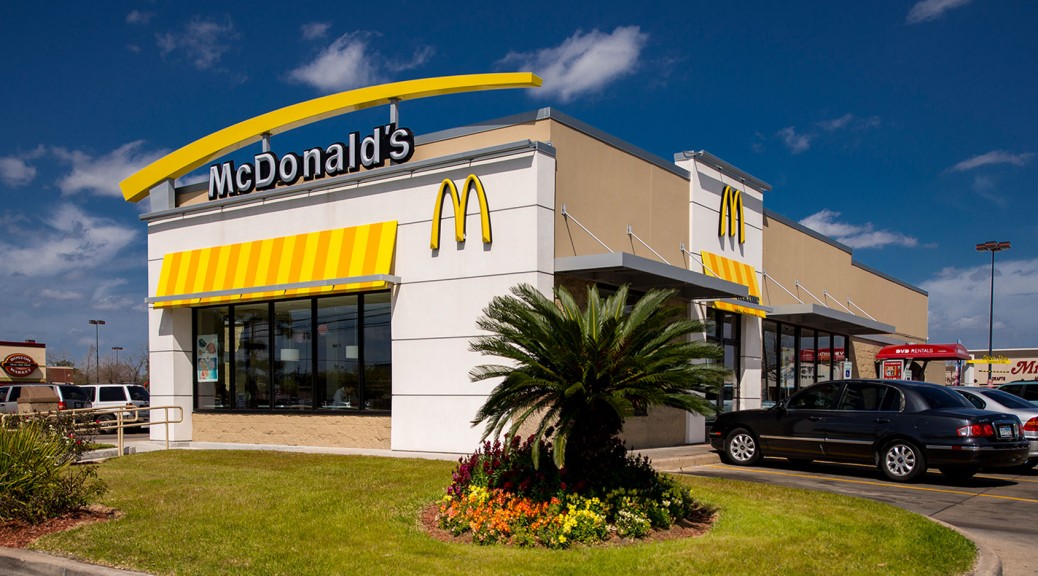Tips for developing a clear plan for a successful exchange
As cap rates have continued to compress for quality single tenant net lease (STNL)assets, many owners are choosing to take advantage of the hot market and sell at a significant profit. The question an owner then faces is, “how do I replace that income with a better asset?” The goal for every owner is to “trade-up” into a more attractive property, even though current market conditions can make that seem like an overwhelming task. However, there are definitely opportunities to achieve a successful exchange with the right preparation. Below are three key steps you’ll need to take to be prepared for a successful 1031 exchange of investment property.
(Throughout this post are terms specific to 1031 exchange rules. Definitions of the terms are available on the HighStreet Net Lease Group web site pages for 1031 Exchange Basics and 1031 Exchange Rules. Investors considering a tax-deferred 1031 exchange should seek the counsel of their accountant and attorney to obtain professional and legal advice.)
Assess the market
Understanding the state of the market is also very important to prevent unrealistic expectations. As an example: if your down-leg property sells in the 7.5% cap range and the preferred up-leg property is a corporately guaranteed fast food asset with 15+ years remaining on the primary lease term, then you are going to have a difficult time finding anything north of 6.5%. As an investor, you will need to ask yourself if the diminished return is worth trading for a quality tenant with a long-term lease in place. If your original asset is a lesser credit tenant with not much term left, then it probably makes sense to hunt for lower cap deals as a way to secure a more reliable income stream. On the flipside, if you sell an investment grade bank at a 4.5% cap, then you will obviously have a much easier time locating an asset with a higher return, but replacing the credit will be a challenge.
Identify preferred properties
Having a clear set of criteria for the desired exchange asset is key. For example, would you prefer restaurant properties, banks, medical facilities or some other type of tenant? What are the specific location requirements? Are you interested in adding capital to your initial down-leg proceeds so that a larger property can be acquired? Throwing too large of a net out to the market will make it much more difficult to identify something that fits your requirements. Start highly specific and expand the criteria as needed.
Be aggressive
Once you come across an asset that fits your criteria, aggressive pursuit is vital. Net leased assets trade at high velocities and the last thing you want is to identify the perfect up-leg property, only to come back three days later and learn that it is already under contract. Failure to aggressively pursue a property early in the 45-day identification period can lead to the frustration of frantically searching for a comparable asset when the ID period is nearing expiration. If a property meets your specific up-leg criteria, don’t assume there will be others to fall back on as the 45-day period progresses. Always prepare for the worst-case scenario and go after the asset with a strong offer to prevent unnecessary future stress.
The deadlines associated with an exchange can be stressful, but the tense situations can be avoided by starting with a clear plan. Have realistic expectations, understand market velocity when identifying up-leg opportunities, and don’t be afraid to commit to a quality asset early in the ID period.
Explore Your 1031 Exchange Investment Property Options
If you are considering a 1031 exchange of investment property and would like to discuss options with a HighStreet Net Lease Group acquisition/disposition specialist, please contact our team.


